History of Digital Twins
David Gelernter was the first one to propose the idea of digital twins in 1991 in his “Mirror Worlds” publication. However, Dr. Michael Grieves was the first person to pioneer the concept of applying digital twins technology to the manufacturing process.
This would lay the foundation upon which the current digital twin technology is based. But, it can be argued that the idea of using a digital twin may originate in the 1960s when NASA created an earthbound version of their voyaging spacecraft to test using simulations.
How is a Digital Twin Made?
A digital twin is made by creating computational models after gathering data about the product or item. The data-gathering process can vary depending on the application for which the digital twin is being made. For instance, you can get data about a windmill by using sensors. On the other hand, for larger-scale applications, drone mapping can be used to create 3D models of the environment.
The data can also be gathered through maintenance records, manufacturing processes, engineering information, product processes, design specifications, and even historical records. Once all the data is acquired, it can be used to create a model, which can then be linked to gain improvements and insights.
Benefits of Digital Twins
Better Research Applications
Digital twins can be used to conduct extensive research about a product in a reasonable amount of time and at a relatively low cost. This can lead to the identification of design flaws and highlight possible improvements before the product is introduced into the market. The performance outcomes provided by digital twins are accurate and can even save lives by helping prevent mishaps and malfunctions.
Helps Increase Efficiency In Systems
Efficiency is super important in most modern manufacturing processes and equipment. With digital twins, better and more efficient systems can be created through testing. This can save time and effort for the company by maintaining peak efficiency throughout the whole production process.
Product End Life Applications
Manufacturers need to figure out what their options are once a product reaches the end of its lifecycle. Through digital twins, the manufacturer can determine the best course of action for the final processing of the product at the end of its life cycle. They can then recycle the product or harvest useful materials based on the results from the digital twins. This makes digital twins a useful tool for improving the recycling process, helping prevent damage to the environment from waste production.
Industrial Applications of Digital Twins
Digital twins technology is being used in most major industries today. This is thanks to its great versatility since a digital twin can be made of almost anything with enough data. Some of the ways digital twins are being used in industries are:
Power Generation
Digital twin technology is being used in the power generation industries to figure out the best time frames for maintenance. This is done for windmills, turbines, and even locomotive engines. Through the use of digital twins, companies can make sure that their power generation equipment is running efficiently at all times.
Structure and System Planning
The digital twin technology is also used for aiding in structures and system planings. This is especially true for offshore drilling sites or very large construction projects where everything needs to work in coordination. Digital twins can also be used to design the optimal HVAC systems for large structures, as dead spots can easily be identified in a simulation.
Streamlining Manufacturing Processes
As mentioned before, digital twins are used to streamline the manufacturing process. This technology is ever present in almost all parts of product manufacturing, including designing, manufacturing, and end-of-life planning.
Healthcare
Digital twin technology has also found its use in the healthcare systems. Many hospitals use digital twins for tracking health indicators using band-aid-sized sensors, improving life quality and disease research.
Automotive Industry
Since cars consist of several components that need to work in conjunction, the automotive industry relies heavily on digital twin technology. From designing car parts to assembly, digital twins are utilized by most manufacturers. Digital twins have contributed a lot towards improving car performance and making their production process much more efficient.
Urban Planning
Urban planning is another area where digital twin technology has shined. By utilizing other great technologies, such as drone mapping, city planners can find the optimal layouts for the city. This is done while also ensuring the availability of necessary facilities to the citizens.
All the data can be presented in a 3D view to make planning much easier. Since digital twins can be used to run all kinds of simulations, city planners can also pre-plan emergency protocols for a disaster scenario, ensuring public safety.
Final Thoughts
Digital twins technology can find use in almost every industry today. Which is why its popularity has risen dramatically in the last few decades. We can already see its impact on our society as most things we take for granted would not be possible without the use of digital twin technology. From our cars to designing space probes, digital twins have become a vital part of our society.




